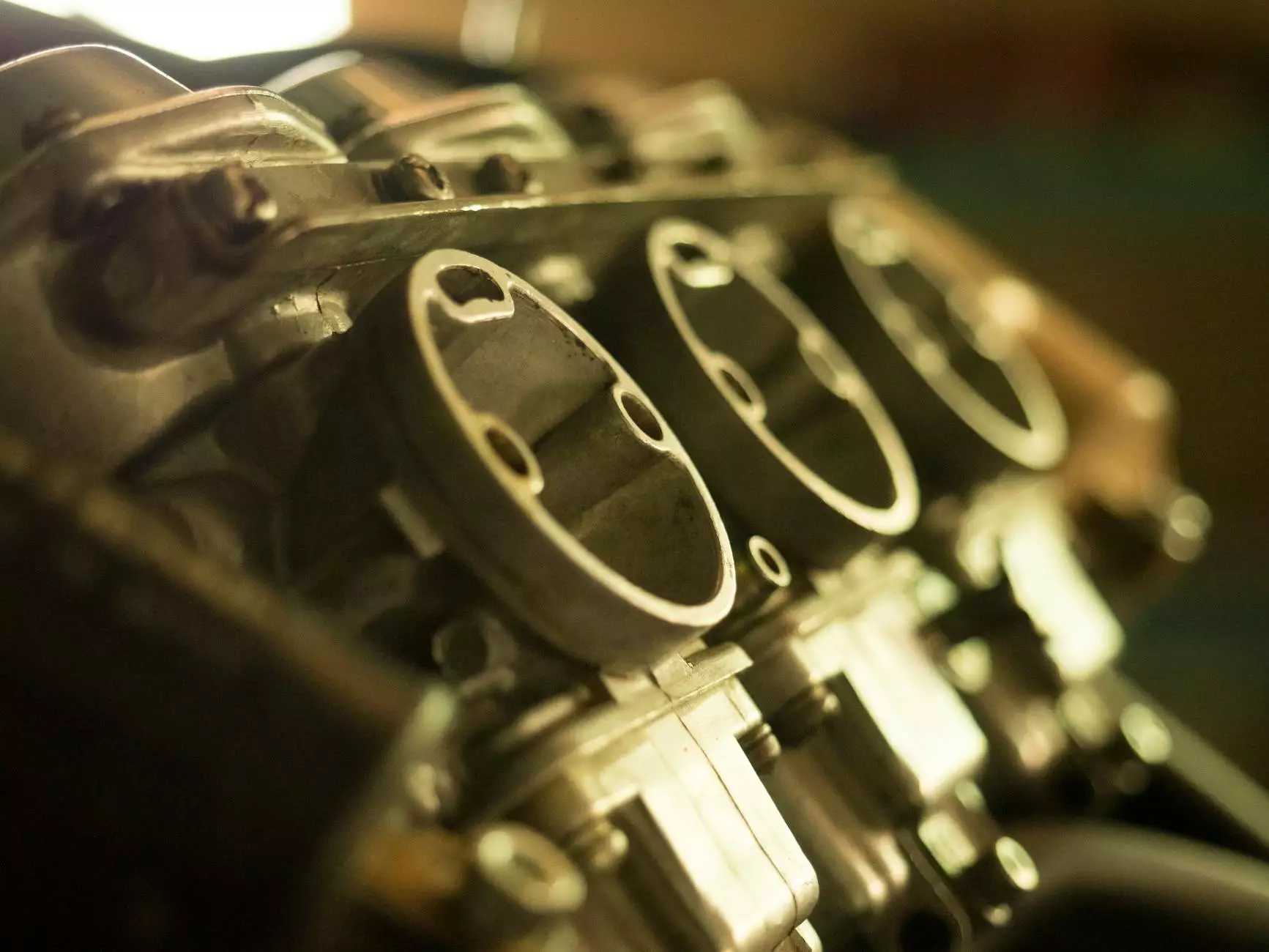Lung Cancer CT Scan: A Comprehensive Guide

Lung cancer remains one of the most prevalent and deadly cancers globally. Early detection significantly increases the chances of successful treatment. One of the most important tools in early detection and diagnosis is the lung cancer CT scan. This article provides an in-depth look at what a lung cancer CT scan is, its benefits, risks, and what patients can expect before, during, and after the procedure.
Understanding Lung Cancer
Lung cancer is characterized by the uncontrolled growth of abnormal cells in one or both lungs. These cells may form tumors, which can obstruct airways and affect normal respiratory function. There are two primary types of lung cancer:
- Non-small cell lung cancer (NSCLC): This is the most common type, accounting for approximately 85% of lung cancer cases. It can often be treated effectively when diagnosed early.
- Small cell lung cancer (SCLC): This type is less common but more aggressive. It tends to spread rapidly and is usually diagnosed at a later stage.
Importance of CT Scans in Lung Cancer Detection
Computed Tomography (CT) scans are powerful imaging tools that provide detailed images of the lungs and other organs in the chest. They are essential in the following areas:
- Early Detection: CT scans can detect lung nodules that may indicate cancer, often before symptoms arise.
- Diagnosis: If lung cancer is suspected, a CT scan helps differentiate between benign and malignant nodules.
- Staging: CT scans are crucial in determining the stage of cancer, which informs treatment options.
- Monitoring Treatment Response: Regular CT scans help doctors assess how well treatments like chemotherapy or radiation are working.
What to Expect During a Lung Cancer CT Scan
Understanding the process can help alleviate any concerns about undergoing a CT scan. Here’s what to expect during the procedure:
- Preparation: Patients may be asked to avoid eating or drinking for a few hours prior to the scan. Inform your doctor of any medications and allergies, especially to contrast materials.
- The Procedure: Patients lie on a table that slides into the CT scanner. The machine will take multiple X-ray images of the chest from different angles while the patient remains still.
- Contrast Material: In some cases, a contrast dye might be used to provide clearer images. This is administered intravenously.
- Duration: The entire scan typically lasts about 30 minutes, with actual imaging taking only a few minutes.
Risks and Considerations
While lung cancer CT scans are generally safe, there are some risks and considerations:
- Radiation Exposure: CT scans involve exposure to a higher dose of radiation compared to regular X-rays. However, the benefits usually outweigh the risks.
- Allergic Reactions: Some patients may experience allergic reactions to the contrast dye used in the scan.
- Anxiety and Discomfort: Patients who are claustrophobic may feel anxious during the procedure, though many facilities offer calming strategies.
Benefits of Lung Cancer CT Scans
When considering whether to have a CT scan, it’s important to recognize the following benefits:
- High Precision: CT scans are much more accurate in detecting small lung nodules compared to traditional X-rays.
- Guided Biopsies: CT imaging can help guide biopsies of suspicious areas, leading to quicker and more accurate diagnoses.
- Early Intervention: Early detection through CT scans allows for treatment to begin sooner, improving outcomes and survival rates.
- Comprehensive Assessment: CT scans provide a detailed view of lung structure, helping identify other potential issues in nearby tissues or organs.
Preparing for Your CT Scan
Proper preparation can improve the experience for patients. Here are steps to consider:
- Consult Your Doctor: Discuss the necessity of the scan, any medications, and allergies.
- Plan for After the Scan: Depending on the use of contrast material, patients may need someone to drive them home.
- Follow Pre-scan Instructions: Be mindful of food and drink restrictions as advised by your doctor.
Post-CT Scan: What Happens Next?
After the CT scan, here’s what patient may expect:
- Waiting for Results: Results typically take a few days to process. Patients should schedule a follow-up appointment to discuss the findings with their doctor.
- Recovery from Contrast Dye: If contrast dye was used, patients are monitored briefly for allergic reactions or side effects.
- Next Steps: Depending on the results, further tests or treatment options may be recommended.
The Role of Hello Physio in Lung Cancer Management
At Hello Physio, we understand that coping with lung cancer and its treatment can be a challenging journey. We offer support through:
- Physical Therapy: Tailored programs to help improve lung function and overall physical fitness.
- Education and Resources: Access to information that empowers patients to make informed decisions about their health.
- Emotional Support: Resources to help patients and their families cope with the psychological impact of a cancer diagnosis.
Conclusion: The Future of Lung Cancer Detection
In summary, the lung cancer CT scan is an invaluable tool in the fight against lung cancer. Early detection can save lives, and advances in technology continue to improve the effectiveness of these scans. At Hello Physio, we are dedicated to providing comprehensive care, supporting our patients every step of the way. For more information or to book an appointment, please visit our website. Your health is our priority.



